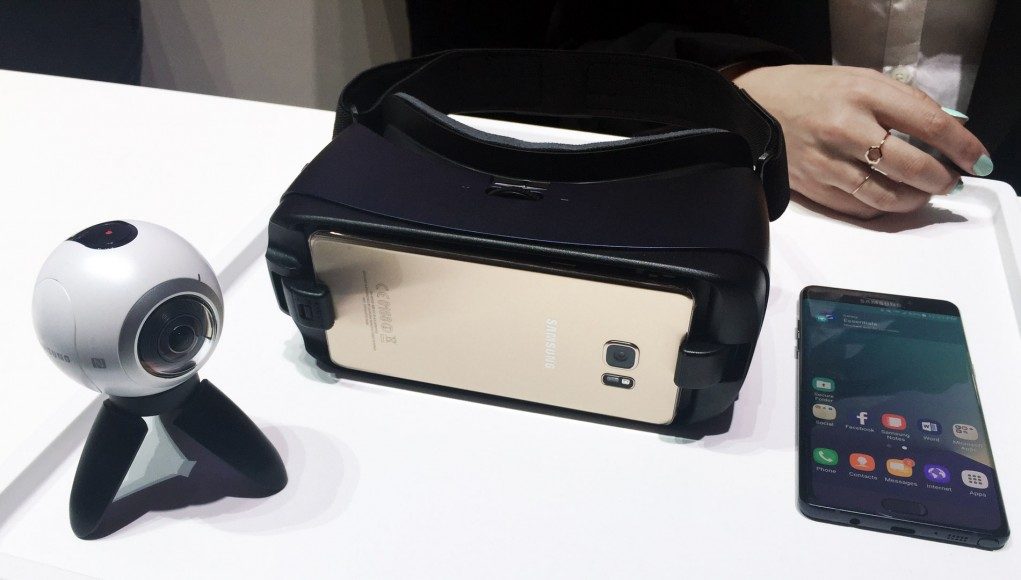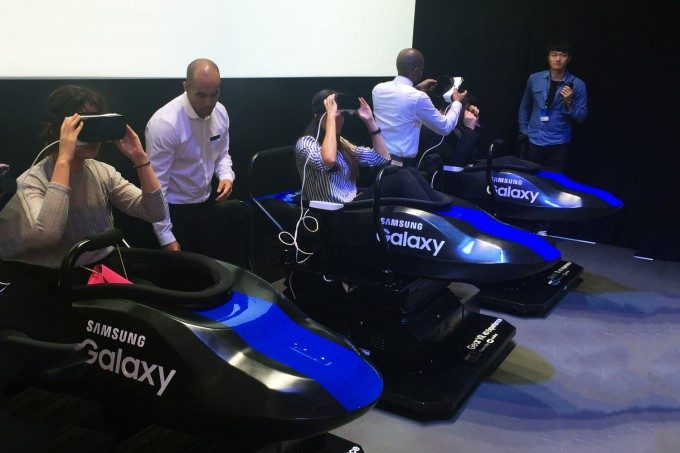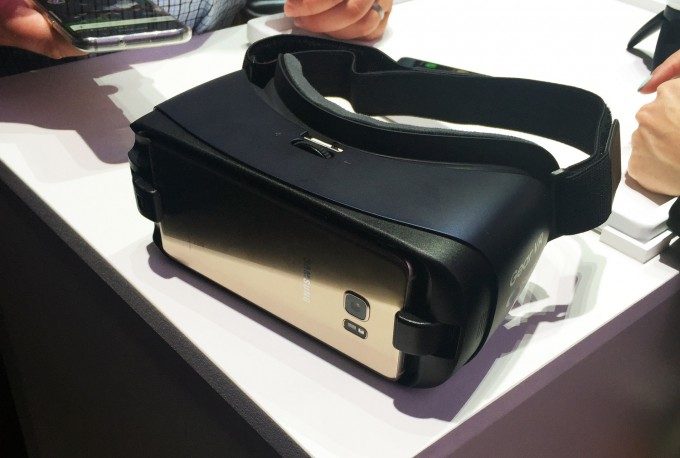Just before noon at Manhattan’s Hammerstein Ballroom, guests to Samsung’s Unpacked 2016 were invited to the floor to demo new phones and accessories. And, given the event’s drama-infused focus on the Galaxy Note 7, that is what the new Gear VR felt like—an accessory, if a glorified one.
Fair enough: the Note 7 is, after all, the brains behind the Gear VR and, moreover, a product immensely more important to Samsung’s bottom line. While the following details were not emphasized (or, for the most part, mentioned) during the Unpacked event, they were made available via a press release and old-fashioned in-person inquiry.
- The rumors were true: the FoV has been improved from 96 to 101 degrees. This difference is going to be—or was for me, at least—difficult to notice without an older Gear VR at hand to compare to the new model. For comparison, the top desktop-class headsets have a field of view around 110 degrees.
- The headset is, at least hypothetically, more comfortable thanks to added padding around the eyes and a more robust strap-adjustment system. The longer straps were, in my experience, the more noticeable difference.
- The headset comes in black and blue.
- Buttons: Samsung has raised the touchpad to be flush with the rest of the device and has added a Home button that returns the user to Oculus Home with one touch.
- While there’s a USB-C port for the Note 7, the device also supports older phones via an included Micro-USB adapter
- An additional USB-C port atop the unit promises some sort of as-yet-unknown accessory or device integration in the future.
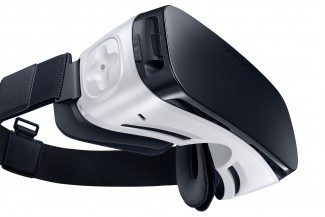
Reading the above list of new and/or nominally improved features, one can figure a third explanation for why Samsung opted not to detail the Gear VR’s upgrades during its presentation: they’re modest. Especially given that the Note 7 retains the same 2560x1440p resolution as all prior Gear VR-compatible phones, the new Gear VR is not a generational leap. Thankfully though, Samsung has ensured backwards compatibility with all phones that were supported by the former version of the headset.
About my experience with the new Gear VR for Note 7: my hands-on was limited to demos and 360 videos. I was very much ‘on the rails’. What I can say is that the headset does feel slightly more comfortable than its predecessor, and the new button layout is welcome. Being able to tap a single button to return to Oculus Home is convenient compared to holding the back button to launch the menu and then further selecting your way Home.
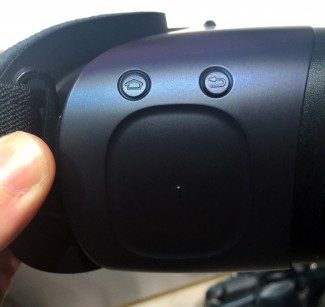
The flush touchpad’s effect on user experience is harder to assess; the recess better enabled me to locate the touchpad on the older model when I began using it. I feel that any difference in initial usability, however, will be quickly rendered marginal after 10 minutes of use. In other words, the learning curve is small. The headset was otherwise as solid as it’s ever been—lightweight, easy to slide a phone in and out of, fairly sturdy, fairly sleek.
At the event, two ‘4D’ stations (using the prior Gear VR headset) took users through a kayaking experience and an Olympic training and achievement montage (Samsung is, and has been, a sponsor, it was emphasized many times over, of the Olympics). The seats shook. People watched seats shake people sitting watching short sports pieces—in 4D. This particular Gear VR-centric corner of the floor came off as a less engaging version of the ‘virtual rollercoaster’ arcade machines that have populated American malls for who knows how long.
Whatever the case, I left Hammerstein Ballroom thinking that, as nice as the improvements to the Gear VR are, it’d be hard to imagine spending $99 on one if I already had the original consumer model. For anyone else with $99 in disposable income, an interest in mobile VR and a Samsung phone, the new device offers slightly more reason than already existed to invest in Gear VR.

